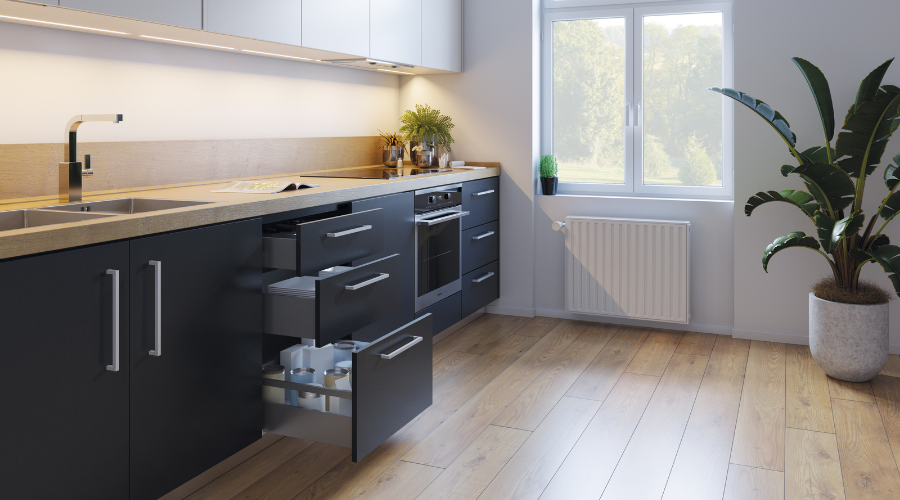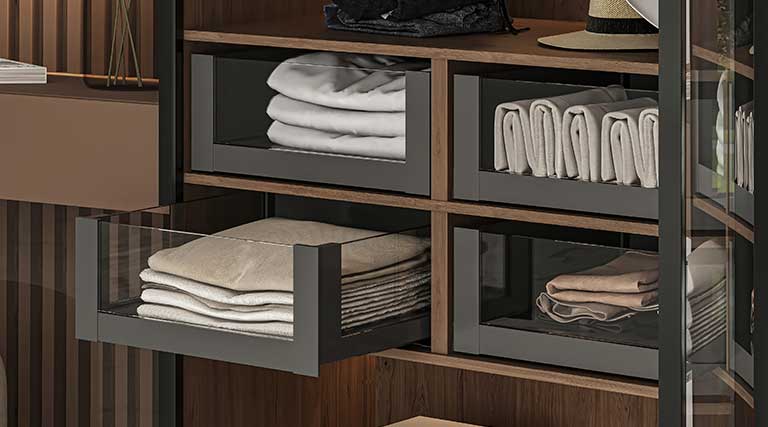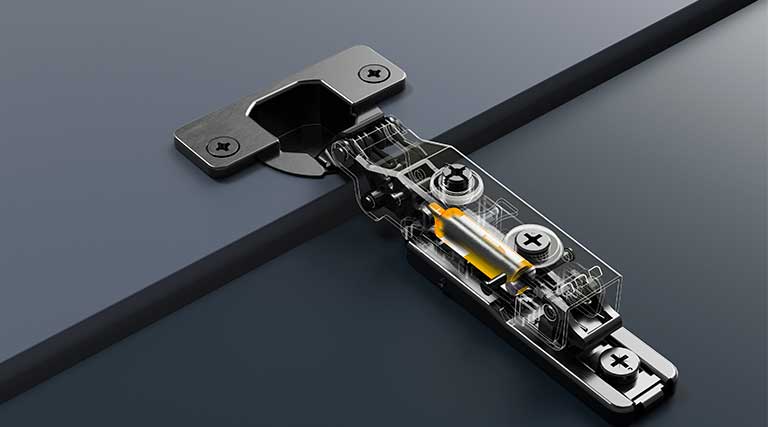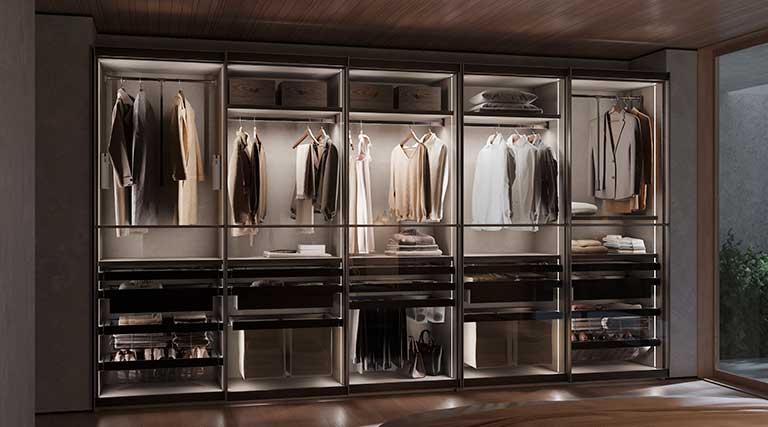Kno.bs and handles for drawers are elements that have been eliminated and restored in trends in decoration. They are decorative elements that can really give your creations a touch of originality.
There are different types of knobs and handles in the market that can help you to complete your projects in the best possible way.
In this post, at Emuca, we would like to offer you a quick guide to them. The idea is that you will be able to appreciate the differences between them and the benefits that one or other type can offer you.
So, read on and take note!
Knobs and handles for drawers: What is the difference?
Before we look at each of them in more detail, let’s explain what the main differences are. Handles are usually long parts fastened at two points, that we can pull using our fingers in order to open a door or drawer. They are usually made of steel and aluminium and are mainly used in bathroom, kitchen, living and dining room furniture.
Then there are knobs, which have only one point of contact, and which can be used with just two fingers. They are used mostly in bedrooms and chests of drawers. They can be made of many types of materials and have different shapes, sizes and finishes.
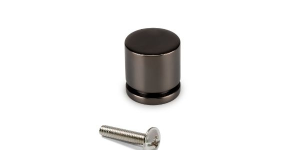
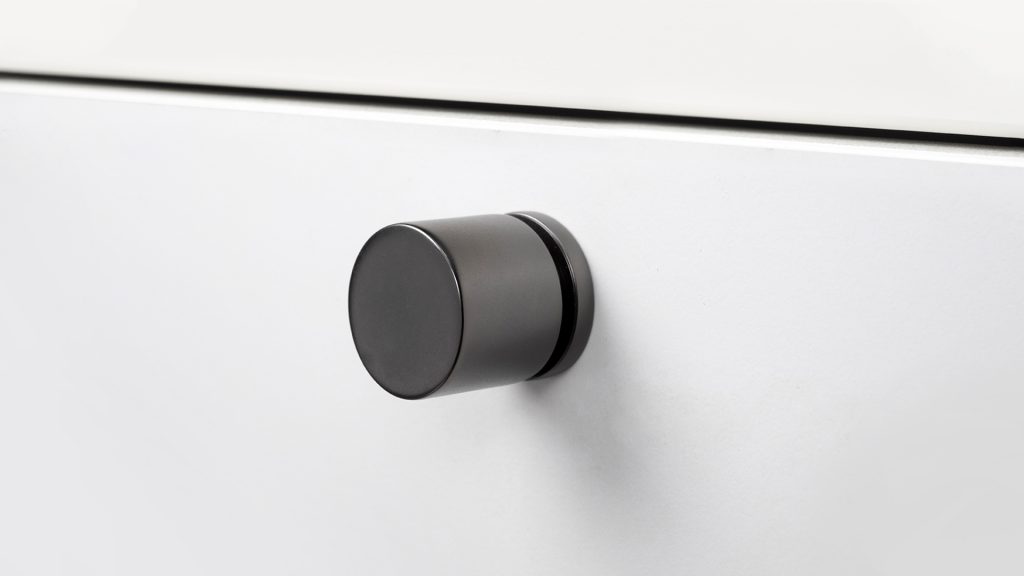
Doorknobs: What kinds are there?
Doorknobs can be a great way to enhance any door and can also make them more functional and the place where they are fitted. There are different types that we can choose from, depending on the event or project that we are thinking of.
- Doorknobs for interiors: these are perfect for common areas as they have no internal mechanisms.
- Doorknobs with keys: these include a lock that requires a key to open them. Ideal for front doors.
- Fixed doorknobs: these are the fastening point that allows us to open the door, but do not rotate nor have any internal mechanisms.
- Doorknobs with latch: these are ideal for places where privacy may be desirable, such as bedrooms or bathrooms.
Features and uses of doorknobs
Their installation is very straightforward and can be done quickly with just a few tools.
What materials can I find?
The variety of materials used to make doorknobs are many and very diverse,depending on where they are to be installed and the function they have. They may be made of aluminium, plastic, tin, bronze, metal, ceramic orwood… whatever each room needs to complete its look and which adapt to the indoor conditions. For example, in the case of bathrooms, with humidity, we have the Helsinki doorknob.
Drawer knobs. Which ones are right for me?
Drawer knobs are another great option for making opening easier and for giving the whole ensemble an improved appearance.
As we explained previously with doorknobs, there are a great variety of handles, but there are two main types: visible and concealed handles.
Visible handles are the ones attached to the front of the drawers, where they can be seen. Concealed handles, as you would expect, cannot be seen. This second category includes recessed handles, finger-pull and push-type openers.
Features and uses of drawer handles
Furniture, cupboard and drawer handles are very easy to install. Generally they only require a star screwdriver to install, when we replace one that is already in place. If we are fitting one for the first time, a drill will be useful.
Handles for drawers: materials
Knobs and handles come in a wide variety of materials to choose from, as we have already seen with knobs.
In the case of handles, the materials will also depend on their function in the room where it will be installed. The most common types are made of metal, aluminium or stainless steel, porcelain, with decorations, or plastic and methacrylate.
Visit our website and choose the best knobs and drawers for your project. Make your cupboards, furniture and drawers more useful, practical and perfectly attractive.

